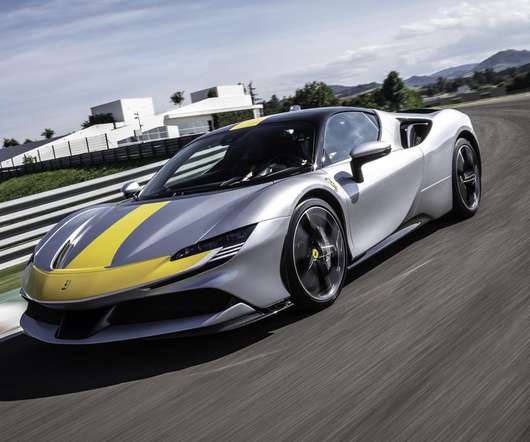Renault 2010 Environment Workshop, Part 1: Combustion Engine Technology and Product Plans
Green Car Congress
JUNE 7, 2010
Renault estimates that electric vehicles will account for 10% of the world market by 2020; even given that aggressive forecast for electric vehicle penetration, 9 out of 10 vehicles will still be powered, at least in part, by a combustion engine. Downsizing alone results in a saving of 6%compared with the engine it replaces.




























Let's personalize your content